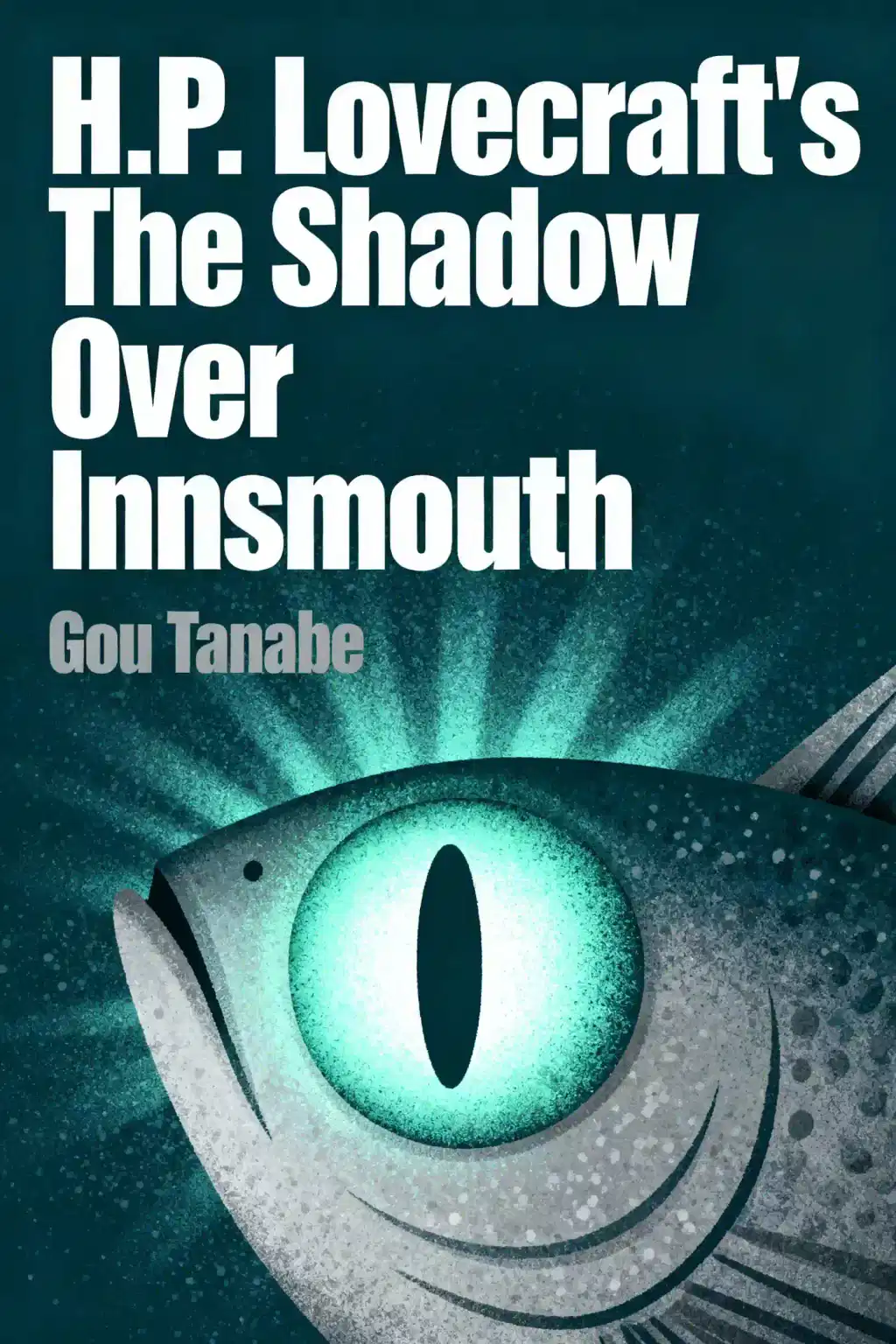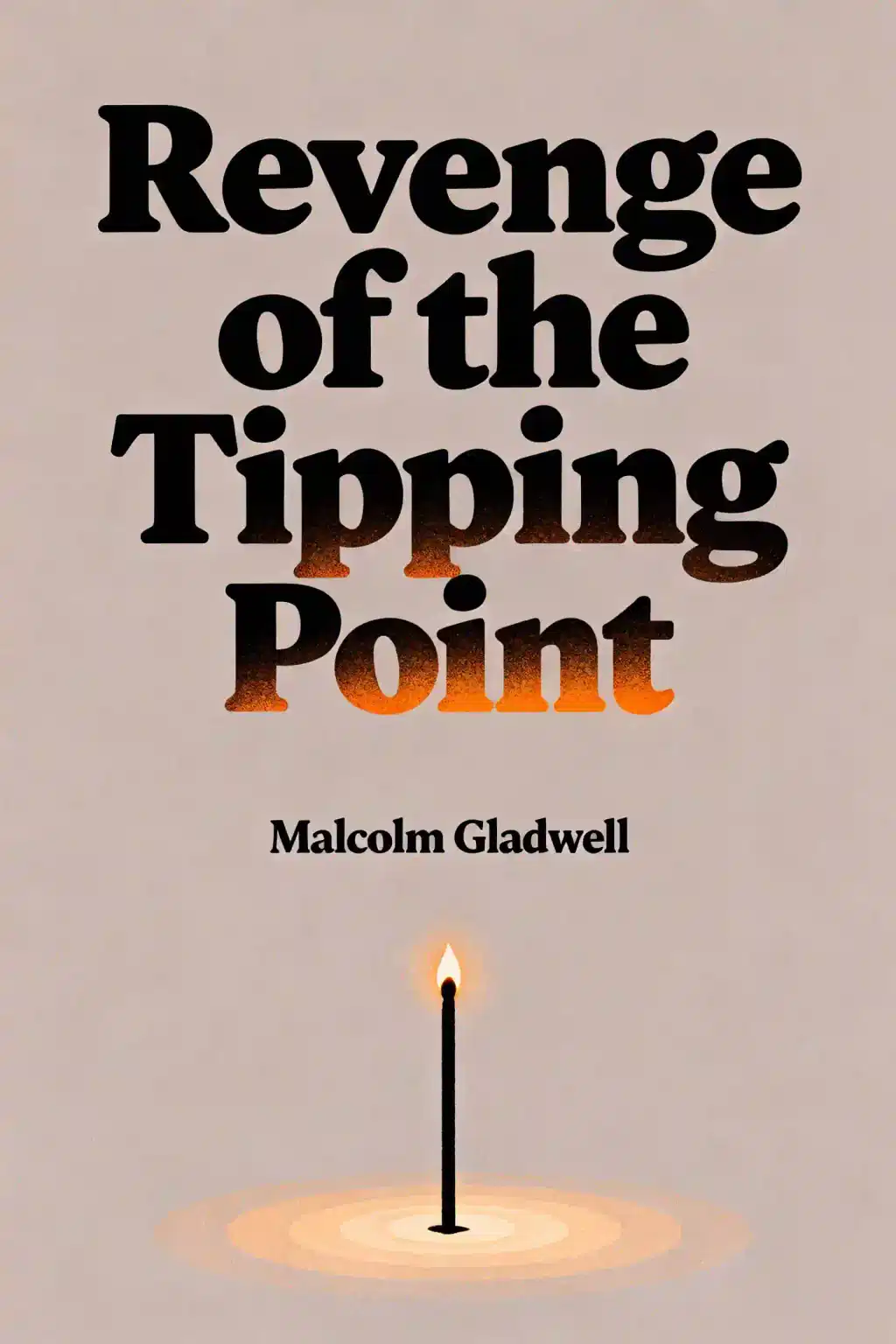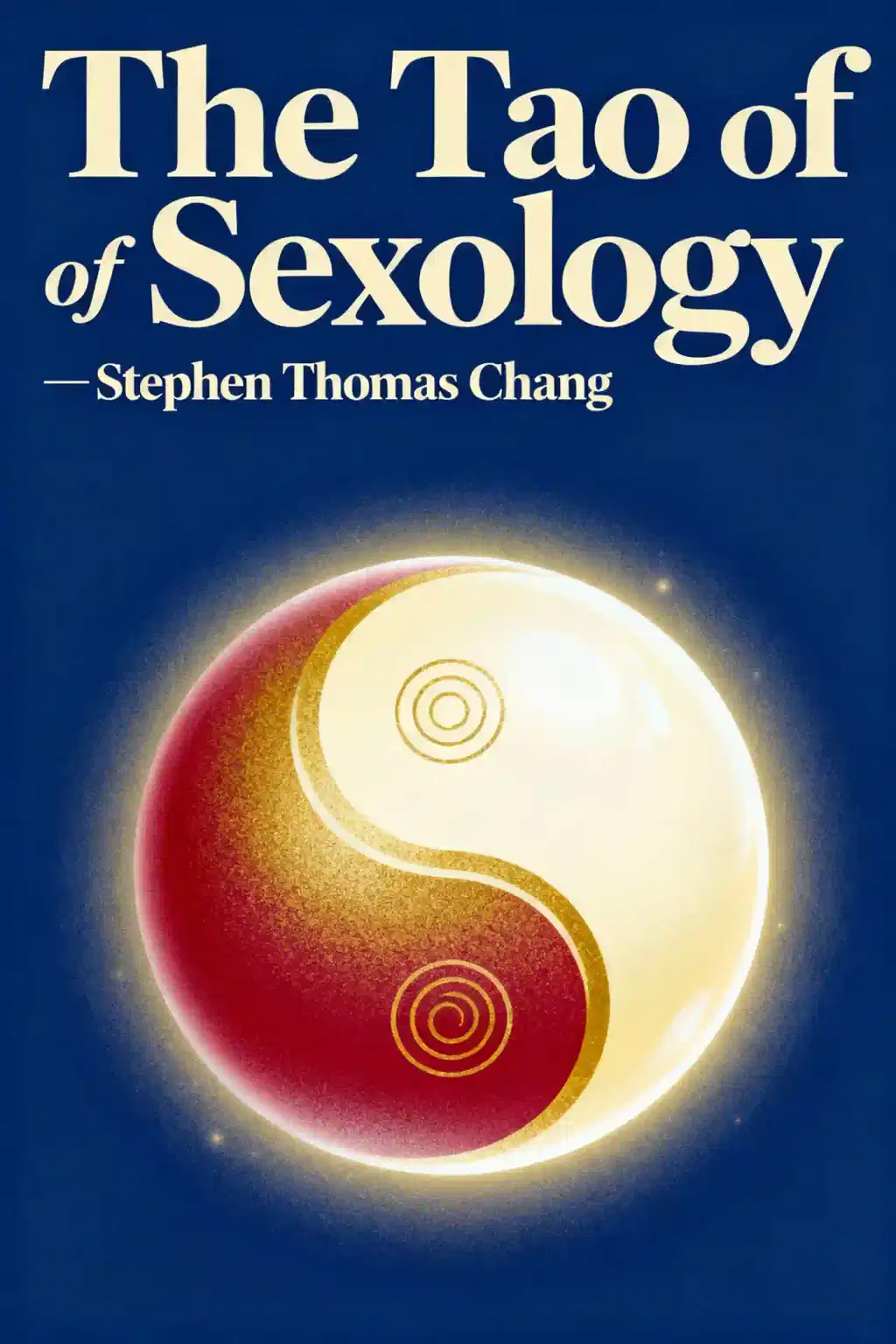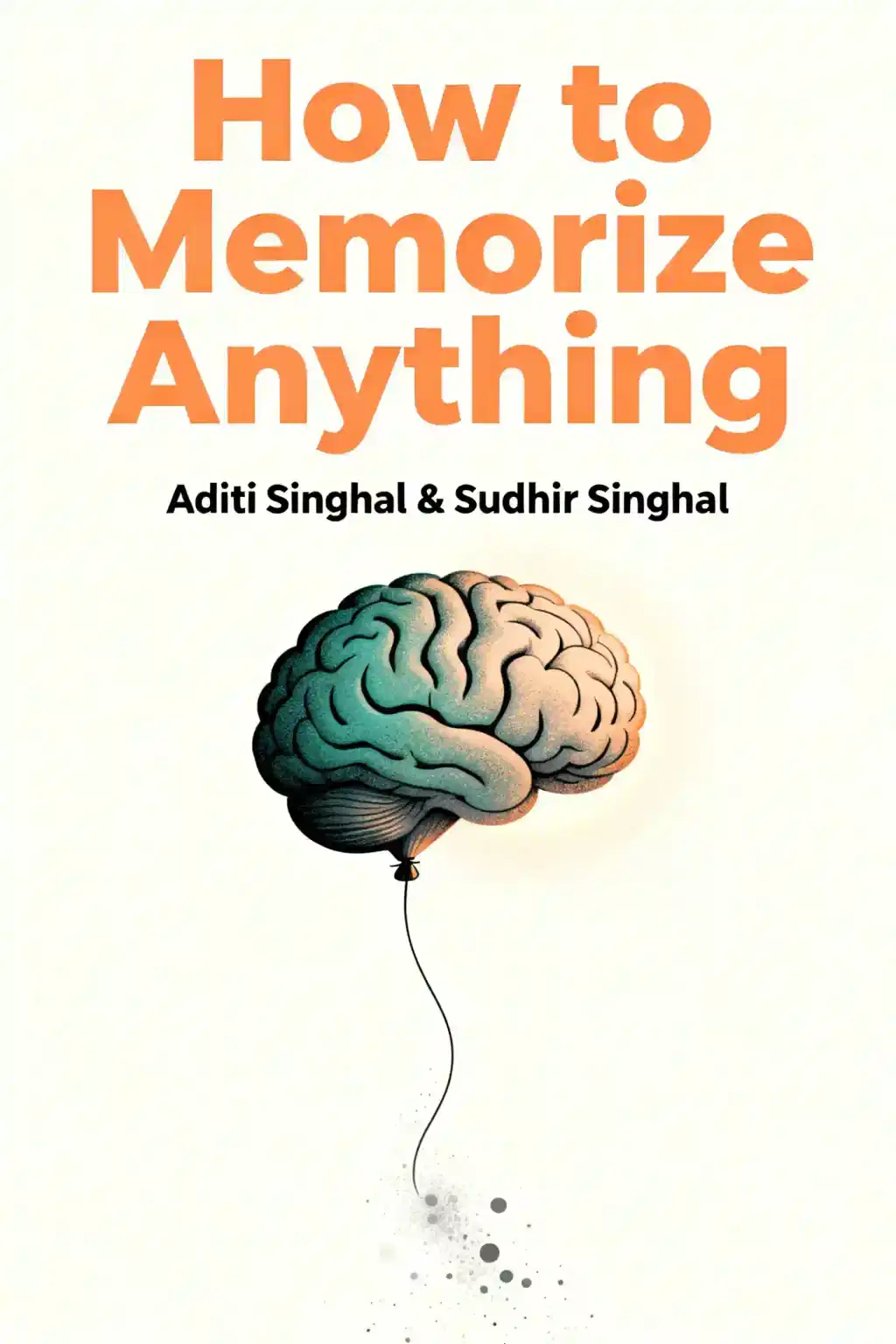
H.P. Lovecraft's The Shadow Over Innsmouth by Gou Tanabe Summary
Gou Tanabe's Bram Stoker Award-nominated manga masterfully resurrects Lovecraft's longest novella through 450 haunting pages. So technically brilliant that fellow artists abandoned their own adaptation attempts, this visual nightmare features silver ink embellishments that make cosmic horror deliciously accessible. What lurks beneath Innsmouth's surface?
About the author
Gou Tanabe is the acclaimed Japanese manga artist behind H.P. Lovecraft's The Shadow Over Innsmouth and a renowned master of adapting cosmic horror into compelling visual narratives. Born in Tokyo in 1975, Tanabe has spent nearly two decades transforming Lovecraft's most challenging tales into meticulously detailed manga, capturing the genre's signature themes of existential dread, incomprehensible entities, and humanity's cosmic insignificance through atmospheric, shadow-laden artwork.
Unlike conventional manga, Tanabe's work embraces slow-burn pacing and oppressive visuals that mirror Lovecraft's literary style.
His other celebrated adaptations include At the Mountains of Madness, The Call of Cthulhu, and The Color Out of Space, all published in the prestigious seinen magazine Comic Beam. The Shadow Over Innsmouth adaptation earned him the 2024 Bram Stoker Award for Superior Achievement in a Graphic Novel and an Eisner Award nomination. His manga has been translated into five languages and is published by Dark Horse Comics worldwide.
FAQs About This Book
HP Lovecraft's The Shadow over Innsmouth by Gou Tanabe is a manga adaptation of Lovecraft's classic horror novella about a young student who visits the isolated, decaying seaport town of Innsmouth, Massachusetts. He discovers the town's dark secret: its residents worship ancient fish-like creatures called Deep Ones and are slowly transforming into these amphibious beings. The narrator eventually learns he is descended from the cult's founder and is destined for the same horrifying transformation.
HP Lovecraft's The Shadow over Innsmouth by Gou Tanabe is ideal for horror fans, manga readers, and anyone interested in cosmic horror and body transformation themes. It appeals to both Lovecraft enthusiasts seeking a fresh visual interpretation and newcomers to his work who prefer graphic storytelling. Readers who enjoy atmospheric horror, New England gothic settings, and existential dread will find Gou Tanabe's detailed illustrations bring Lovecraft's nightmarish vision to life in compelling ways.
HP Lovecraft's The Shadow over Innsmouth by Gou Tanabe is worth reading for its masterful blend of visual storytelling and classic horror literature. Gou Tanabe's detailed artwork captures the oppressive atmosphere and grotesque imagery of Lovecraft's original while making it accessible through sequential art. The graphic novel format intensifies the body horror and architectural decay that define Innsmouth, creating an immersive experience that honors the source material while offering unique visual interpretations.
Gou Tanabe's adaptation of The Shadow over Innsmouth remains faithful to H.P. Lovecraft's 1931 novella while enhancing the narrative through visual storytelling. The manga format allows Tanabe to show the horrifying Deep Ones and the narrator's gradual transformation rather than relying solely on description. Tanabe's intricate illustrations capture the architectural decay, the "Innsmouth look," and the unsettling fish-like features that Lovecraft described, making the cosmic horror more immediate and visceral for modern readers.
The Deep Ones in The Shadow over Innsmouth are immortal fish-like humanoids who dwell in underwater cities and breed with humans to create hybrid offspring. These creatures have grey-green skin, fish-like heads with unblinking eyes, neck gills, and webbed hands. The hybrids appear human in youth but gradually transform into Deep Ones as they age, eventually migrating to the ancient city of Y'ha-nthlei beneath Devil Reef to live eternally underwater.
The Innsmouth look describes the distinctive physical appearance of residents transforming into Deep Ones, characterized by "queer narrow heads with flat noses and bulgy, stary eyes" and a shambling gait. This degenerative appearance signals the hybrid's gradual metamorphosis from human to amphibious creature. In HP Lovecraft's The Shadow over Innsmouth by Gou Tanabe, the narrator's horror intensifies when he realizes he has fully acquired the Innsmouth look, marking his inevitable transformation.
Zadok Allen is an elderly drunkard who reveals Innsmouth's dark history to the narrator after being plied with whiskey. He explains how sea captain Obed Marsh discovered the Deep Ones, established the Esoteric Order of Dagon cult, and forced townspeople to breed with the creatures. Zadok represents forbidden knowledge and serves as the story's key informant. After warning the narrator to flee, Zadok mysteriously disappears and is never seen again.
The narrator in HP Lovecraft's The Shadow over Innsmouth by Gou Tanabe escapes a town-wide hunt, alerts government authorities, and returns home to Ohio. While researching his family tree, he discovers he is a descendant of Obed Marsh through the Deep One Pth'thya-l'yi and begins transforming. By 1930, he fully acquires the Innsmouth look and, after a mental breakdown, embraces his fate, planning to break his cousin from an asylum and join the Deep Ones in Y'ha-nthlei.
The Esoteric Order of Dagon is the pagan cult founded by Obed Marsh that became Innsmouth's primary religion after 1845. The cult performs human sacrifices to the Deep Ones in exchange for wealth through large fish hauls and unique jewelry. When Marsh and his followers were arrested, the Deep Ones retaliated by attacking the town, forcing survivors to join the cult and breed with the creatures. The order represents humanity's dangerous bargain with inhuman forces.
Y'ha-nthlei is the ancient underwater city located beneath Devil Reef where transformed Deep One hybrids live eternally. In HP Lovecraft's The Shadow over Innsmouth by Gou Tanabe, the narrator dreams of his ancestors in this submerged metropolis after beginning his transformation. Though damaged by submarine torpedoes during the government raid, Y'ha-nthlei survives, and the Deep Ones plan to eventually return to the surface "for the tribute Great Cthulhu craved".
The Shadow over Innsmouth explores themes of hereditary corruption, the dangers of forbidden knowledge, and xenophobia. The story reflects Lovecraft's fears about questionable ancestry and hereditary insanity, manifested through the narrator's discovery of his Deep One lineage. Additional themes include technology's limitations against cosmic horror, as even modern science cannot protect the narrator from his fate. The transformation horror symbolizes anxiety about losing humanity and becoming the "other" one fears most.
The Shadow over Innsmouth remains relevant in 2025 because it addresses timeless anxieties about identity, transformation, and confronting uncomfortable truths about one's origins. Gou Tanabe's manga adaptation makes Lovecraft's cosmic horror accessible to contemporary audiences through visual storytelling that resonates with modern concerns about genetic determinism and societal decay. The story's themes of isolation, forbidden knowledge, and inevitable change mirror current anxieties about technology, environmental collapse, and loss of human connection in an increasingly alienating world.
Quick Summary Mode - Read or listen to H.P. Lovecraft's The Shadow Over Innsmouth Summary in 9 Minutes
Break down key ideas from H.P. Lovecraft's The Shadow Over Innsmouth into bite-sized takeaways to understand how innovative teams create, collaborate, and grow.
Flash Card Mode - Top 10 Insights from H.P. Lovecraft's The Shadow Over Innsmouth in a Nutshell
Distill H.P. Lovecraft's The Shadow Over Innsmouth into rapid-fire memory cues that highlight Pixar’s principles of candor, teamwork, and creative resilience.

Fun Mode - H.P. Lovecraft's The Shadow Over Innsmouth Lessons Told Through 18-Min Stories
Experience H.P. Lovecraft's The Shadow Over Innsmouth through vivid storytelling that turns Pixar’s innovation lessons into moments you’ll remember and apply.
Personalize Mode - Read or listen to H.P. Lovecraft's The Shadow Over Innsmouth Summary in 0 Minutes
Ask anything, pick the voice, and co-create insights that truly resonate with you.

From Columbia University alumni built in San Francisco
See More Stories?

Get the H.P. Lovecraft's The Shadow Over Innsmouth summary as a free PDF or EPUB. Print it or read offline anytime.
























